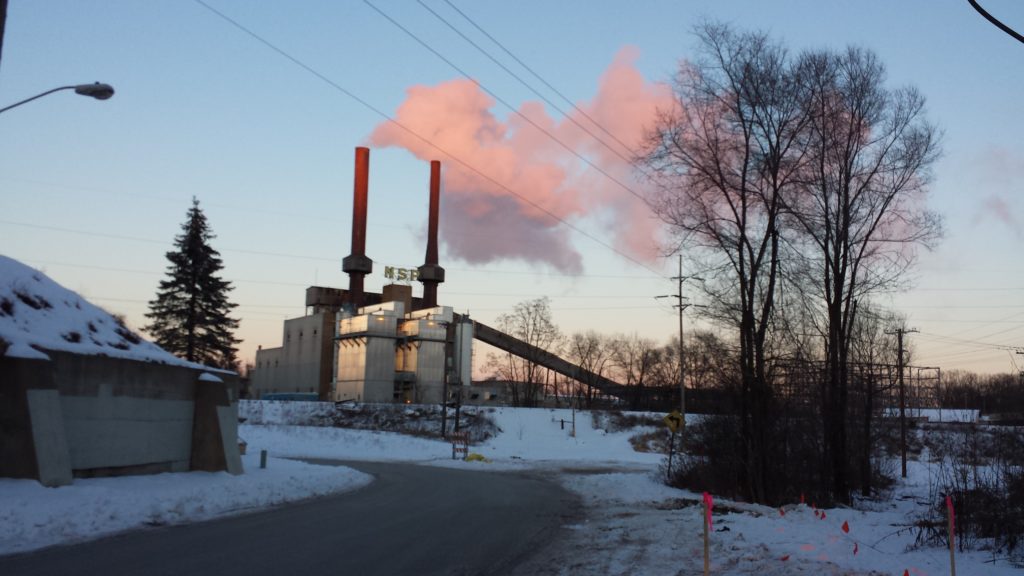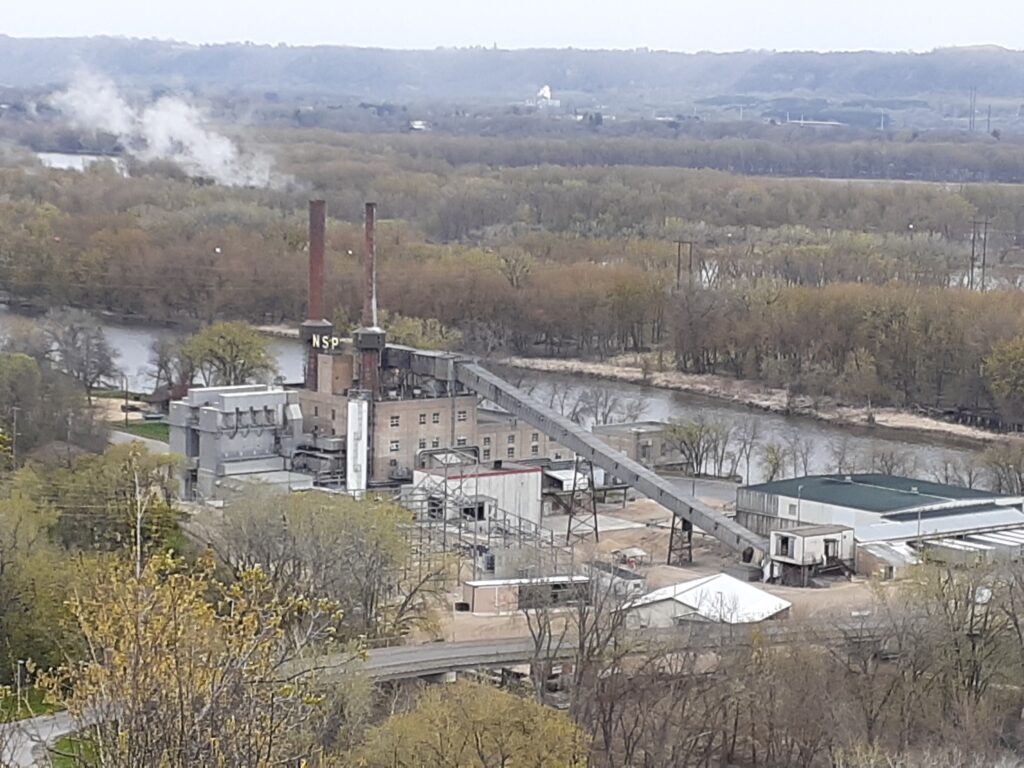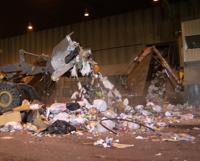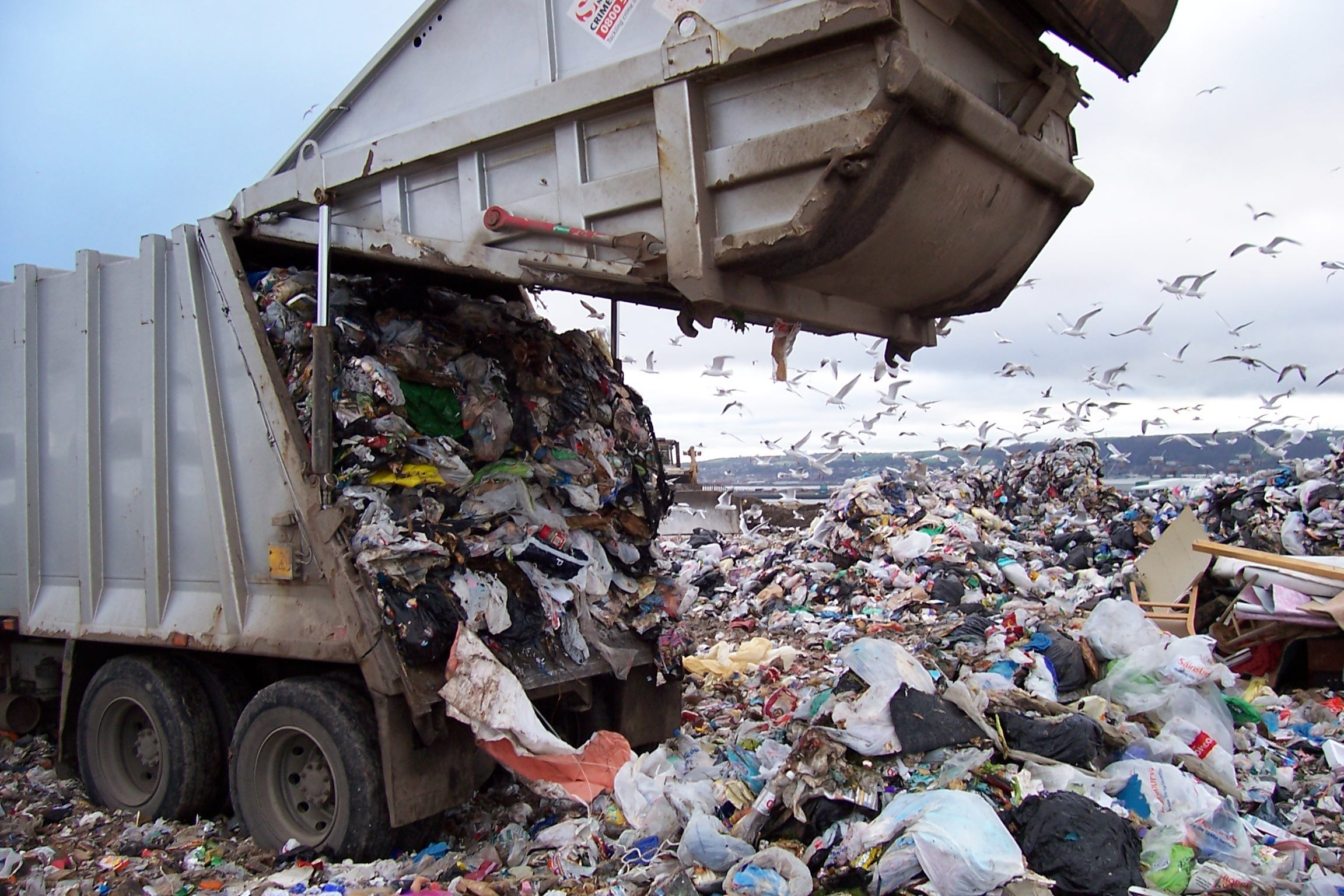Sheriff Kelly on garbage burning?
December 16th, 2024
Today in the inbox… weird things today, you’d think it’s a full moon… oh, close enough:
Not only the Department of Energy, but on the heels of that DOE press release, there’s a filing from Goodhue County Sheriff Marty Kelly.
He can be reached at Sheriff’s Administration 651-267-2615 and via email: marty.kelly@goodhuecountymn.gov
His administrative aide posted this letter in the Xcel Integrated Resource Plan, PUC Docket 24-67, served today, and he’s promoting, lauding, incineration… not just “our” Xcel garbage burner in Red Wing, but also Wilmarth in Mankato, and French Island in La Crosse, WI! WHAT? The sheriff on incineration?
Why?
This is parroting Xcel Energy talking points, odds are they wrote it.
I’d guess the Sheriff has a role in preventing domestic terrorism directed at Xcel’s Red Wing garbage burner, as they did in protecting the County building after a “credible threat” during the furor fomented about refugee resettlement in 2020. What does the Sheriff have to do with any of these points? What does the Sheriff have to do with any of the garbage talking points above? Why stretching all the way to the Wilmarth garbage burner in Mankato, and French Island in La Crosse? Whew… absurd…
I wonder, with this “interest” in garbage burning, did Sheriff Kelly file comments in the MPCA’s permit docket, addressing renewal of the Xcel Energy Red Wing garbage burner’s air permit that expired in 2009?
MPCA Renewal of RW’s USG Air Permit
November 29th, 2024
Today – Senate Energy Comm. in Rochester
January 15th, 2020

Minnesota Senator Osmek is convening a Senate Energy Committee meeting in Rochester this evening to discuss a DRAFT bill SC5558-6:
6 p.m. on January 15, 2020
Rochester Community and Technical College
Heintz Center Commons
1926 College View Rd E
Rochester, MN 55904
Here’s the letter I just fired off to Committee members:
Be there or be square!
GRE to dump garbage incineration on the public?
July 9th, 2018

Remember when the site of the Elk River garbage burner was a nuclear demonstration plant? I do, because my father worked on parts of the design for that plant, and characterization after it was operational — I played with the geiger counter as a kid, and the rest is history. Technical difficulties at the Elk River Nuclear Station were many. It was shut down and decommissioned in the early 1970s. Today, that site is now a garbage incinerator.
Remember just one year ago, Xcel Energy going to the Public Utilities Commission to terminate their garbage and turkey shit burning Power Purchase Agreements?
GRE now wants to do the same, and is considering, and is likely to, shut down its Elk River garbage burning operation. News from Elk River, the red highlights are mine, and (red comments in parens are mine). If you get confused what’s what, click on link for original article:
Garbage project closure pondered
Great River Energy would like Elk River Resource Recovery Project to become publicly owned
HERC Power Purchase Agreement DENIED!
November 19th, 2017
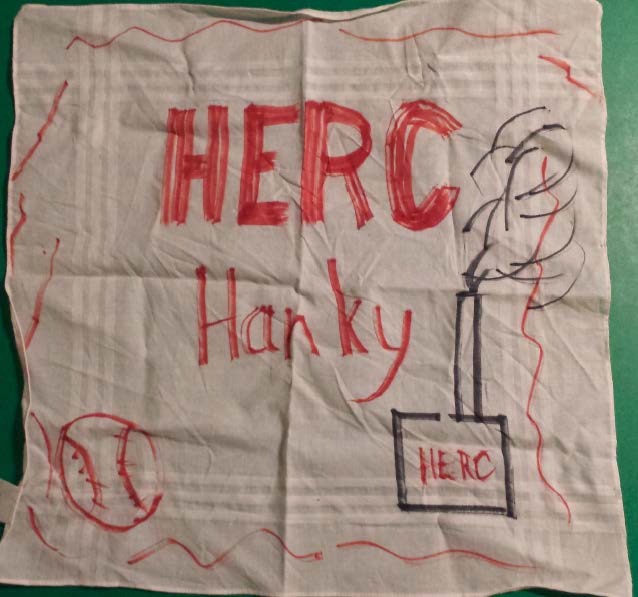
Everybody, get out your HERC Hanky and wave it for the home team!!!
Last Thursday was a fairly short, but quite intense, day at the Public Utilities Commission. First up was Freeborn Wind (go here and search for docket 17-332), and its application for a transmission line for the project plus more. We did get the “proceeding” process and not a summary report. That’s good, not a huge deal, but enough that it means we get some extra process in the transmission routing docket, meaning an ALJ drafted Findings, Conclusions, and Recommendation (not just a report), and the opportunity to file Exceptions to the ALJ Recommendation. In those exceptions, we can also ask for public comment and oral argument to the Commission.
Second on the agenda was the HERC Power Purchase Agreement, and Xcel Energy’s HERC PPA Petition to cut the rate (go here and search for docket 17-532).
Bottom line, after much deliberation, and a 10 minute break (what is it they do back there???), here’s the decision option they chose, as framed in the Staff Briefing Papers_201711-137262-01:

Way to go, Mr. Alan Muller!
Seems to me that but for our squwaking, it would have eased on through. But the question remains, where were all the folks who supposedly had committed to shut down HERC?
Primary documents were posted earlier here:
NAB Petitions to Intervene in HERC Docket
September 26th, 2017
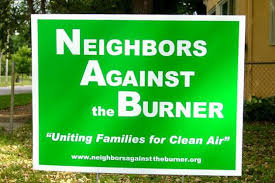
Yesterday Neighbors Against the Burner filed this Petition to Intervene in a docket at the PUC where Xcel Energy has filed a request for approval of a Power Purchase Agreement slashing the rate paid to Hennepin Energy Recovery Center – HERC for electricity generated at the HERC garbage burner:
Neighbors Against The Burner_Cover-Notice of Appearance -Petition to Intervene
Check out the Public Utilities Commission docket:
Click “Search Documents” HERE and search for docket 17-532
Here’s the Neighbors Against the Burner page for HERC:
And check out Alan Muller’s powerpoint from the successful challenge to attempt to increase garbage burning:
There was an announcement in April, 2016, of the “HERC Clean Power Plan Coalition” with multiple groups joining to shut down HERC! Sierra Club North Star Chapter, MPIRG, Neighborhoods Organizing for Change, Community Power, St. Joan of Arc, etc. HERC has been raised as an issue in this fall’s Minneapolis Mayoral election.
Now’s the time to get it done! SHUT IT DOWN!
